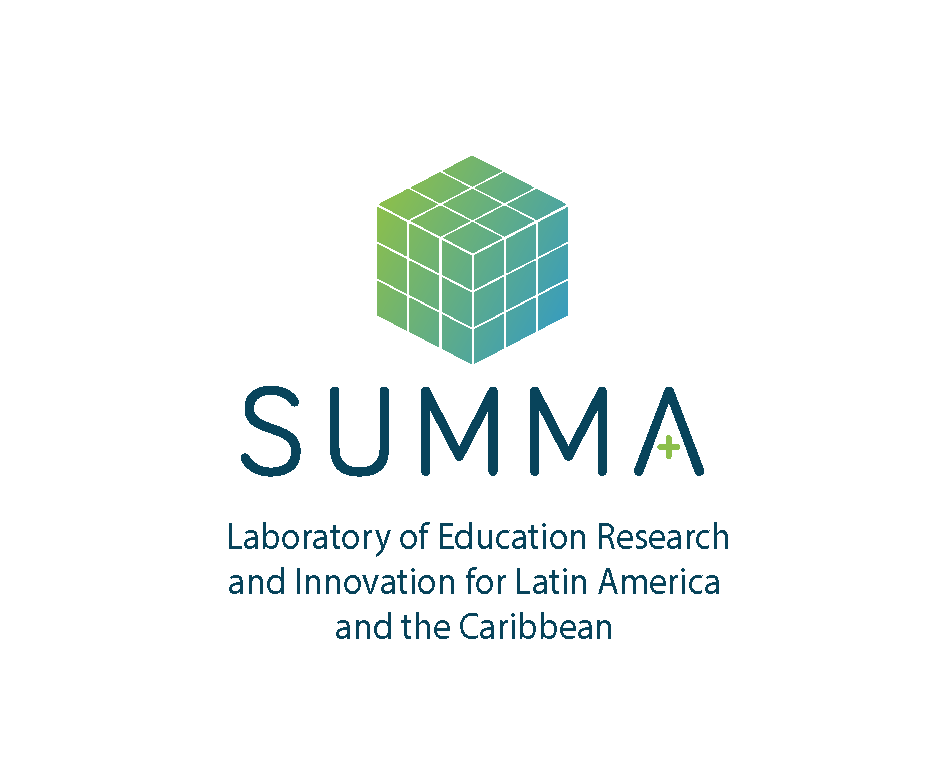Credit: UNICEF / Willocq
All countries committed in 2015 to achieve Sustainable Development Goal 4 and ‘ensure inclusive and equitable quality education’ by 2030. However, inclusive education arguably meant different things to different people at the time.
The right to inclusive education had been established in the landmark Article 24 of the 2006 United Nations Convention on the Rights of Persons with Disabilities,which shaped perceptions of inclusive education as associated with a single group. But it was the UN Committee on the Rights of Persons with Disabilities itself, in its General Comment No. 4 on Article 24 in2016, that offered a new interpretation, arguing that inclusion should not be associated with only one group.Rather, the mindset and mechanisms that generate discrimination and rejection in education participation and experience are the same for all those who are excluded, whether due to disability or to gender, age,location, poverty, ethnicity, language, religion, migration,displacement, sexual orientation, gender identity and expression, incarceration, beliefs or attitudes. Every society needs to own up to the mechanisms within it that exclude people – which is also the premise on which this report is based.
Inclusion in education is a process consisting of actions that embrace diversity, build a sense of belonging and are rooted in the belief that every person has value and potential and should be respected, regardless of their background, ability or identity. Education systems need to be responsive to all learners’ needs and to consider learner diversity not as a problem but as a resource.Inclusive education is the foundation of an education system of good quality that enables every child, youth and adult to learn and fulfil their potential. Inclusion cannot be achieved if it is seen as an inconvenience or if people harbour the belief that learners’ levels of ability are fixed. Inclusion in education ensures that differences of opinion are freely expressed and different voices are heard so as to help achieve cohesion and build inclusive societies.
Societies in Latin America and the Caribbean have come a long way towards healing past injustices related to colonialism, exploitation, oppression and discrimination, but they remain riven with fault lines. Their legislative and policy frameworks have quickly embraced the broad-based concept of inclusion in education and they have led the world in innovative social policies. But in the region with the world’s most unequal income distribution, there is a lot of ground left to cover. Stigma and stereotypes alienate millions inside classrooms and make them less likely to progress through education.And, unfortunately, the gap between proclamations and actions is often too wide.
INTRODUCTION
LAWS AND POLICIES
GOVERNANCE AND FINANCE
CURRICULUM AND TEXTBOOKS
TEACHERS
SCHOOLS
STUDENTS, PARENTS AND COMMUNITIES
COVID-19 AND INCLUSION IN EDUCATION
Recommendations
As Latin America and the Caribbean enters the final decade of action to achieve SDG 4 and fulfil the commitment to achieve ‘inclusive and equitable quality education’ and ‘lifelong learning opportunities for all’,the following 10 recommendations take into account the deep roots of barriers and the wide scope of issues related to inclusion, which threaten the region’s chances of achieving the 2030 targets. The task has only been made harder by COVID-19 and the resulting recession.School closures have led to distance education solutions,which, as forward-looking as they may be, nevertheless risk leaving the most disadvantaged learners further behind.



